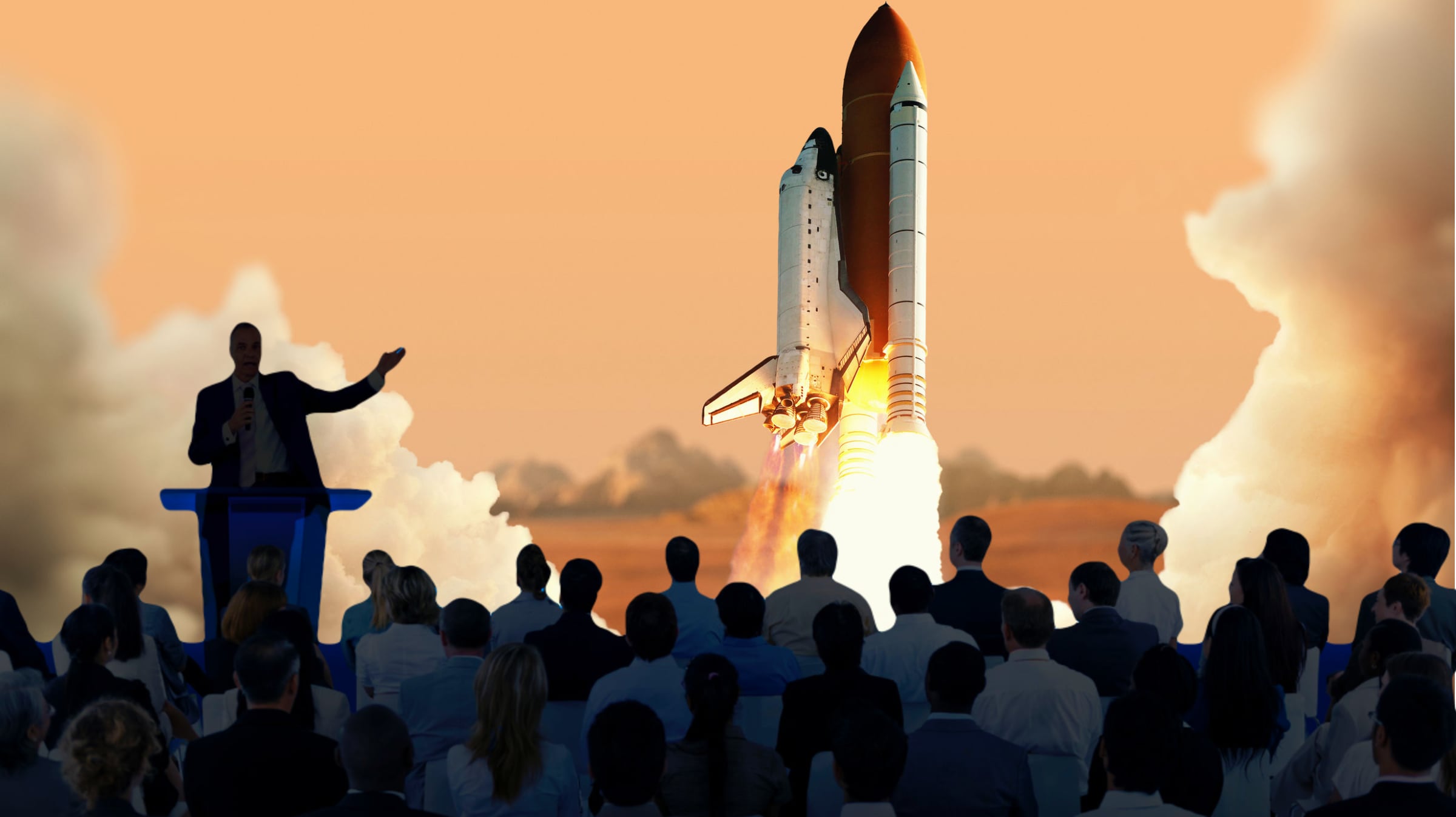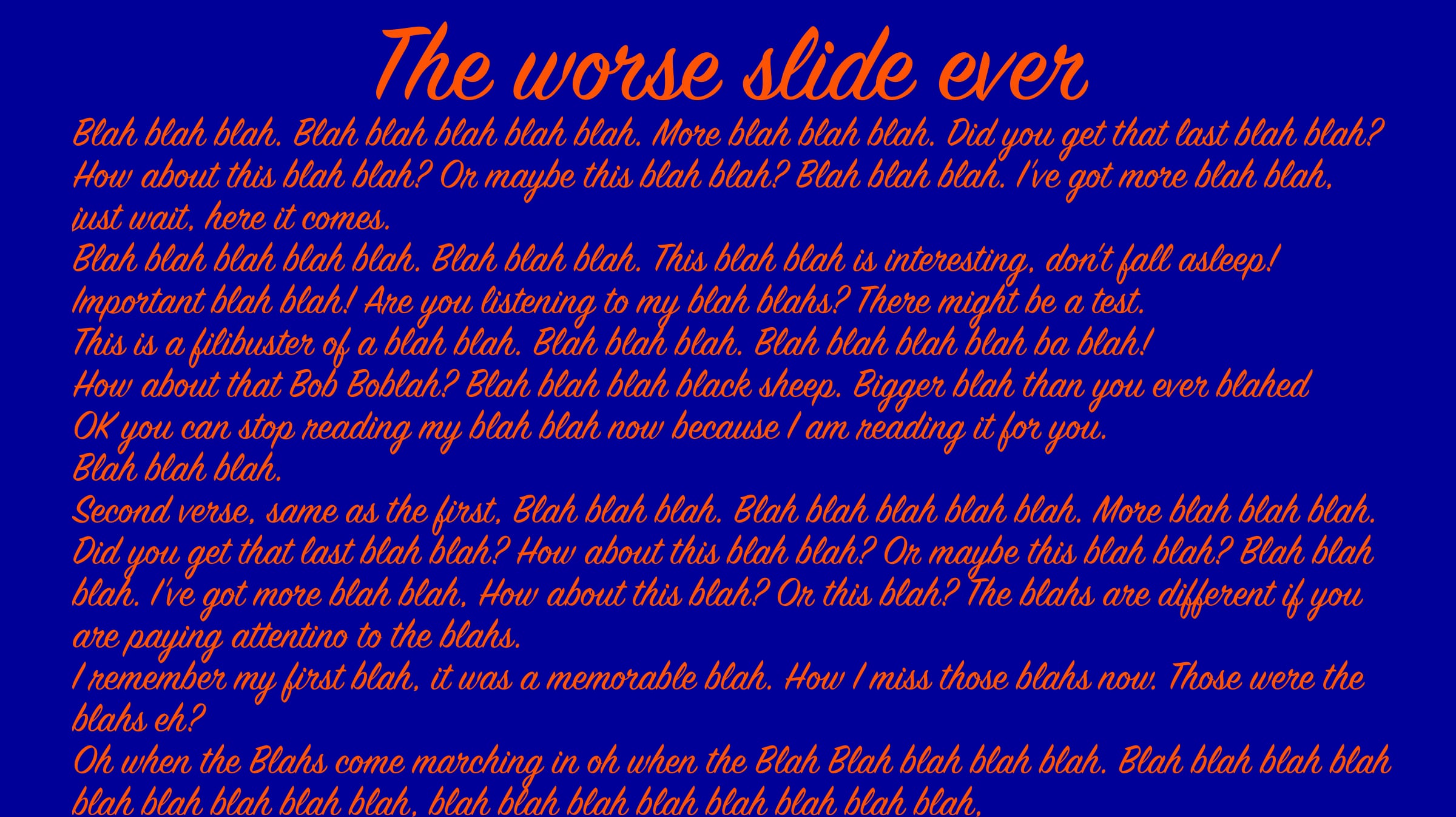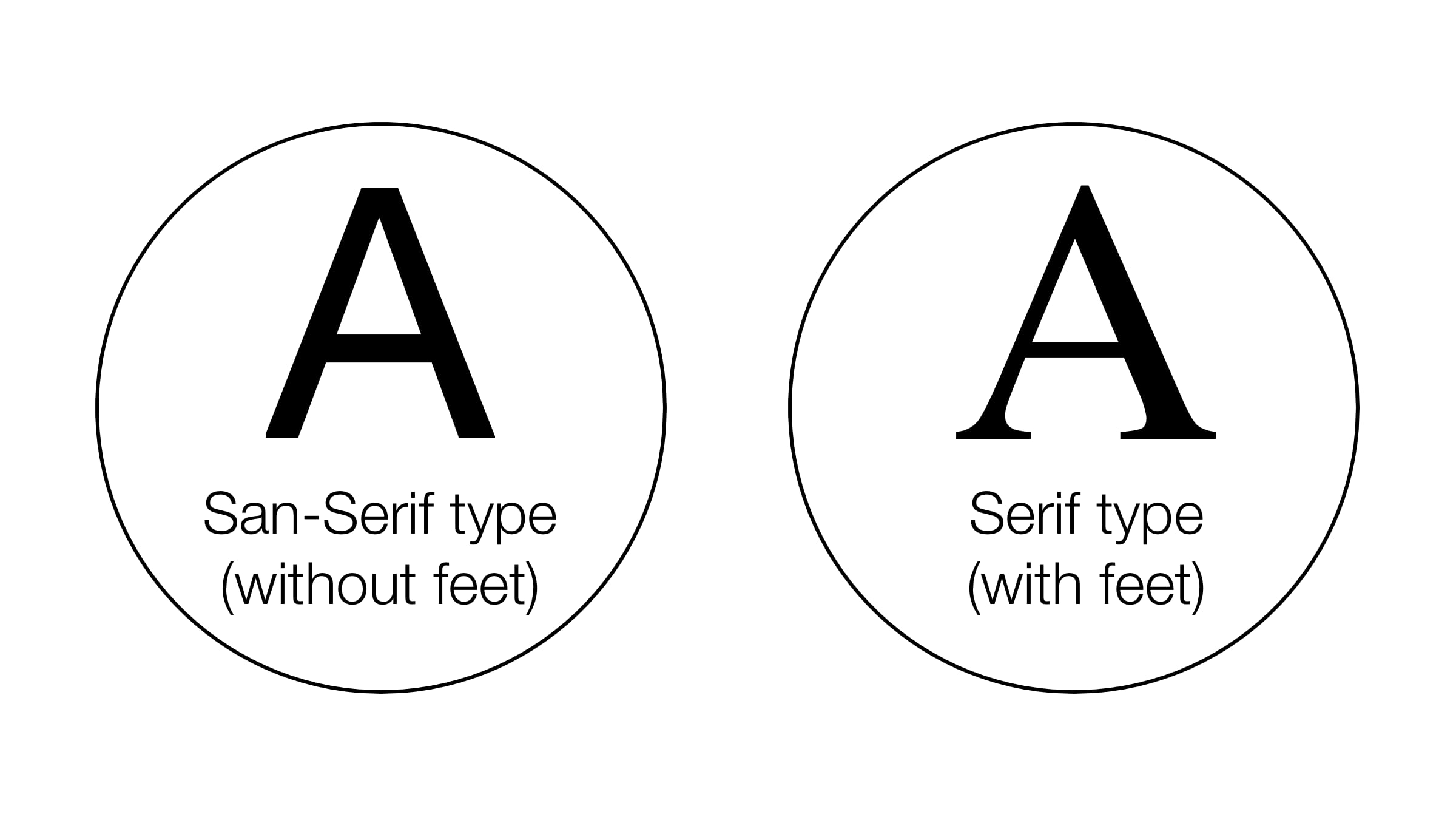Start With The Boom When You Do A Presentation

When you are doing a presentation start with the boom. This is how you engage your audience. You'll even be forgiven if your content is weak as long as you delivered big on the boom. Your value as a speaker diminishes if you put people to sleep. Don't you remember being a kid and the things that got your attention; magic, wonderment, breathtaking costumes, amazing performances of dance or music! The Looney Tunes villain Marvin the Martian had it right:
"Where's the kaboom? There was supposed to be an Earth-shattering kaboom!"
I remember being at a presentation by someone that I knew was a brilliant developer. I'd already seen what his customized code could for a website. I was excited to be at this presentation. I wanted see everyone's faces when they discovered the possibilities available to them by using the code he had created. But instead of showing an example of the 'WOW' up front, he started with an explanation of the code and how it should work with the system and what server dependencies it required. I cringed as I saw glassed over eyes forming and the fidgeting that started taking place early in the presentation. I saw the look of disappointment in some attendees and could almost read their minds that they were thinking about what other sessions they could have attended in this time slot.
Start with the boom
Make a point of engaging your audience first and then they'll be interested in the explanation. Part of the presentation is entertainment. This isn't always appropriate and depends on what you are talking about and who your audience and industry is. I'm thinking of the funeral business for example but then again, I don't think I've ever been at a large presentation for something like that.
The best presenters tend to be upbeat and often weave humour into their presentation. Don't underestimate humour. Laughing releases endorphins in people and makes them feel good. They'll remember how they felt when they were listening to your presentation even if they don't remember a lot of other things about it.
Study the masters of presentation
I modelled my presentation method after one of the best, Steve Jobs. it really doesn't matter if you like Apple's products or not, Steve Jobs had a way of making people want things they didn't realize they needed. He delivered simple and clear messages. The presentation was delivered with confidence and lots of swagger. Key words were woven into the dialog planting seeds of desire for the status that owning expensive high quality items would give you. Large and compelling graphics appearing on the screen that followed the presenter, not the presenter following the slides. Most of the time the presentation came off flawless and when there was a hiccup he did a good recovery and continued on without letting it impact the next item. He often succeeded at getting you to imagine yourself being one of the first and privileged ones to possess the latest and greatest gadgets and software. Truly a masterful storyteller performance. You can only benefit by studying Steve's presentation methods. Take notice that Tim Cook who is now at the helm of Apple does it very similar.
W.A.I.T. - "Why am I talking?"
Our minds work by images. We respond to stories by forming images in our imagination. How many words do you think it would take to accurately describe what is going on in the picture below? The minds of your audience are processing information far faster than the words are coming out of your mouth. The impression in the minds of the viewer speaks to them better than what you can describe. Good movie directors know this. They can create all sorts of emotions, raise tension and add suspense using suggestive images and simply hinting at what is taking place. This allows your mind to serve up the picture that speaks to you the best. Before you ramble on in your presentation, WAIT, ask yourself, 'Why Am I Talking?'. Would an image do a better job in this instance? In this picture below if your talking point was something about 'pressure' a picture like this will get the point across nicely:

Reading your slides is not a presentation
We all know how to read. If you are going to read from your slides you can save everyone the pain and just send them your notes.
We've all seen slides like this one before, the ugly slide that is unreadable even from the front row:

Why would anyone even think this is acceptable? You could have actually saved yourself the bother of doing the slides, no one is reading them anyway.
If you are going to have text on your slide design it so that it can be read from a distance. People at the back of the room do not see what you are seeing. They probably see something more like the size of a business card. Go to the back of the presentation room and look at the screen(s). Are you slides relevant to the person at the back of the room? Hold up your business card and compare it to the screen you see from where you are.
Get a professional to do your slides
Professionals know that the less text on a slide and the bigger it is, the easier it will be to read. If you are not good at design get a professional to do your slides for you.
The room size you are presenting in should be the determining factor of how many points or sentences you put on the slide. The text on your slides should be a san-serif font because it is a lot easier to read than a serif font. The difference between the two of them is the san-serif typeface doesn't have little 'feet' on them. They also don't tend to have thin stems that might break up or disappear on a slide. Here's an example of the two typeface styles:

Know your content
Someone that delivers good content while looking at their audience is a better speaker than the person who reads their presentation.
I once presented at a venue that had a power failure right as my session was about to begin. Fortunately it was during daylight hours and there was light in the room so people could see but everything electronic was now redundant. I did the presentation totally verbal. Afterwards someone came up and told me they enjoyed my talk so much they were glad I didn't use any electronics. I had to be a lot more descriptive doing it as a straight talk in order for everything to make sense. This is why you need to know your content. You have to prepare for anything to happen. If this happens to you forge ahead. This is your opportunity to show people how resourceful and resilient you are.
Convey a positive attitude in all situations
If you managed to get a full room it is because you are either known for being a good speaker or the content you are about to present intrigues the audience. Tell your story in a way that educates, informs and entertains the audience.
If instead of a full room there are a lot of empty chairs in there it might be that no one knows how good a speaker you are. Deliver your presentation as if the room is full. Do not convey disappointment to the people that did show up. If you wow them they will talk about your presentation and spread the word. Personal endorsement is the best advertising you can get.
Become an in demand speaker by honing your skills
Are you loud enough? Is the lighting good? Professional speakers leave nothing to chance. All the attention is on you. You are your own brand and this is what suffers when things don't go well. If you get really good at managing your brand as an effective speaker there will be a demand for you.
You know you are at an amateur event when the technical crew struggles and things don't work. You want to graduate from these kinds of events as soon as you can. The competition for an audience is fierce these days and people have lots of choices where they can invest their time and money for attending events. You can be one of the in demand speakers once you have proven your worth. Use the smaller events to hone your speaking craft and then when your opportunity comes to present at a large popular event give them the boom!